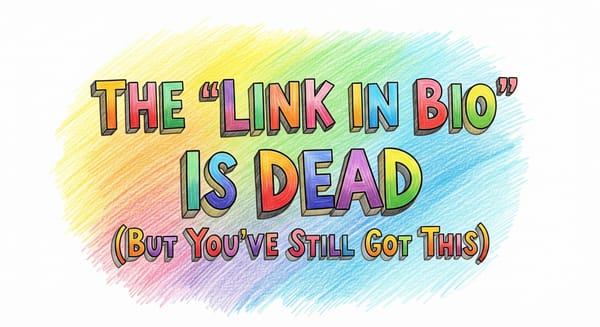Why Expensive Menu Items Are a Restaurant’s Secret Weapon

When you open a restaurant menu, your eyes might wander to the most expensive dish on the list—a $75 steak, perhaps, or a bottle of wine priced at $200. It’s natural to assume these high-priced items are there to tempt big spenders. But here’s the truth: those pricey options aren’t necessarily meant to sell. They’re there to make everything else look like a bargain. |
The Decoy Effect |
This tactic is known as the decoy effect. By including an item that’s outrageously expensive, restaurants create a reference point that makes the rest of the menu seem more reasonably priced. |
Take wine, for example. A bottle priced at $200 might make a $50 bottle seem downright sensible, even though you might have balked at paying $50 without that pricey comparison. You’re nudged toward spending more than you planned—without even realizing it. |
Anchoring Your Perception |
Just like supermarket loyalty discounts, restaurants use anchoring to shape your perception of value. That $75 steak might not sell often, but its presence justifies the $40 steak as a “reasonable” choice. |
Without the anchor, you might have hesitated to spend that much. |
Anchoring also applies to menu design. You’ll often see the most expensive items listed at the top or set apart in a special section. These aren’t accidents—they’re carefully placed to catch your attention and influence how you judge the rest of the menu. |
The Sweet Spot |
Restaurants know that most customers will aim for the middle ground. They price their menus accordingly, ensuring that the mid-range items are the most profitable. By steering you away from the extremes—either too cheap or too pricey—they guide you toward the “sweet spot” where they make the most margin. |
A Subtle Sales Strategy |
Even the layout of a menu can be part of the game. Studies show that customers tend to scan menus in predictable patterns—starting at the top right corner or focusing on highlighted sections. Restaurants use these patterns to draw your attention to the items they most want to sell, often the ones with the highest profit margins. |
The Takeaway |
Next time you’re out for dinner, take a closer look at the menu. The $200 bottle of wine and the $75 steak might not be there to sell—they’re there to influence your choices and make you feel good about spending more than you planned. |
Restaurants are masters of subtle persuasion, and once you see their tricks, you’ll never look at a menu the same way again. |



